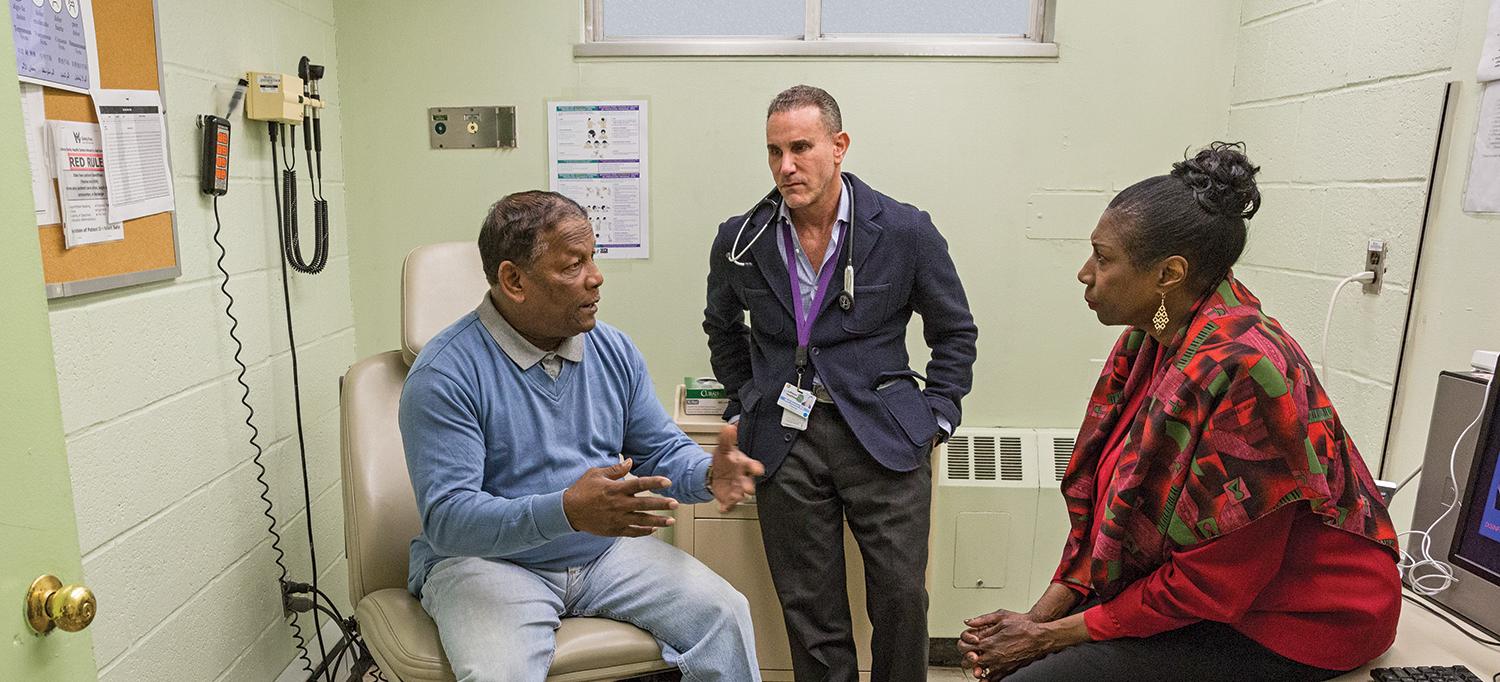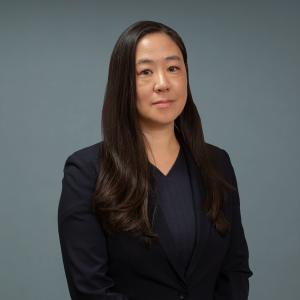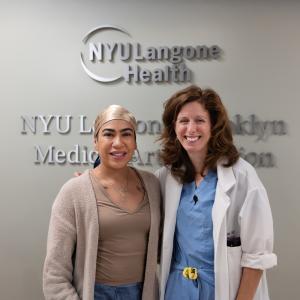As New York City’s Homeless Population Swells to Its Greatest Number Since the Great Depression, NYU Langone Hospital—Brooklyn Expands Its Efforts to Bring Healthcare to the Underserved

Mark Rabiner, MD, medical director of the Community Medicine Program, and Barbara Conanan, RN, its director, meet with Agustus Hutchinson, a patient at the Barbara S. Kleiman Shelter in Williamsburg.
Photo: Bud Glick
As medical director of the Family Health Centers at NYU Langone Community Medicine Program (CMP), Mark Rabiner, MD, knows that hospital emergency departments can serve as de facto primary-care clinics for patients with no place to call home, let alone a place to get a medical checkup. Often burdened by acute and chronic health problems, homeless people are three times as likely to use the emergency department for care as people who have a home.
For nearly a half century, the CMP has offered a much-needed alternative, providing accessible healthcare to New Yorkers who are homeless or at risk for becoming homeless. “One of our missions is to help people become less reliant on emergency departments as their only source of healthcare,” explains Dr. Rabiner.
One day, Dr. Rabiner learned that a particular CMP patient had been visiting NYU Langone Hospital—Brooklyn’s Emergency Department frequently, requiring admission to the hospital. For insight, he turned to Epic, NYU Langone Hospital—Brooklyn’s new electronic health record system, which is now installed in the medical office of each of CMP’s 11 sites—shelters, dropin centers, single-room occupancy hotels, and community-based clinics— in Brooklyn, Manhattan, and Staten Island. “Having Epic throughout this system helps us connect patients with providers,” says Larry K. McReynolds, executive director of the Family Health Centers. “It’s transformative.”
Such was the case when Dr. Rabiner found clues on Epic that helped him determine that the patient was suffering from complications of hepatitis C. He helped the man obtain treatment, making emergency department visits unnecessary.
Leveraging Epic’s power to track patients throughout NYU Langone and other local hospitals, CMP caregivers now meet monthly with the staff of the Emergency Department to identify visitors who may be relying on emergency departments as clinics. “The premise of community medicine is simple,” says Barbara Conanan, RN, CMP’s director. “If people don’t come to you for healthcare, then you meet them where they are.” At St. Vincent’s Catholic Medical Center, Conanan led this pioneering program with its founder, the late Philip Brickner, MD. When St. Vincent’s closed in 2010, the program moved to NYU Langone Hospital—Brooklyn.
New York City’s Coalition for the Homeless reports that each night more than 62,000 people sleep in municipal shelters, and several thousand more make their home on the streets. These numbers are greater than at any time since the Great Depression, due largely to the hundreds of thousands of affordable rental housing units that have disappeared in recent decades.
CMP now serves some 7,000 New Yorkers who are homeless or at risk. Teams of doctors, nurses, dentists, psychiatrists, and social workers provide a range of services, including primary care, health screenings, urgent care, crisis intervention, and long-term counseling. The marginalized population they care for suffers from high rates of diabetes, hypertension, obesity, depression, anxiety, and substance-related disorders.
“Some people find it challenging to access medical care,” explains Dr. Rabiner. “We help them navigate the system. Every one of us is just one poor choice or one stroke of bad luck away from a dire situation.”

